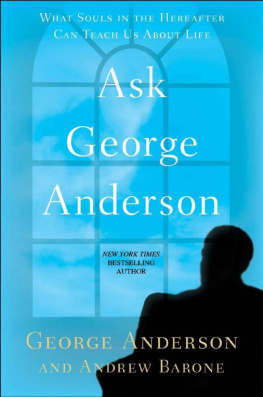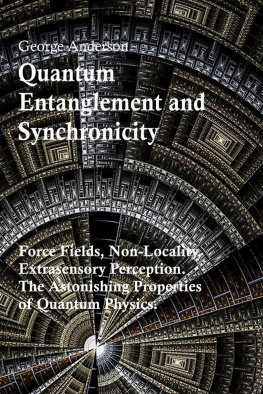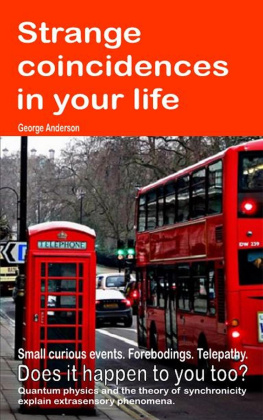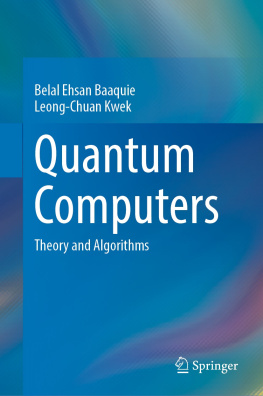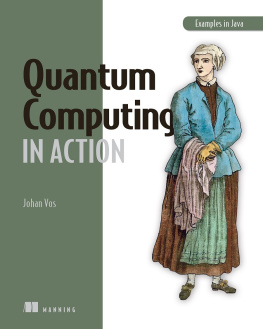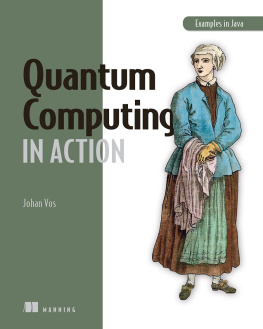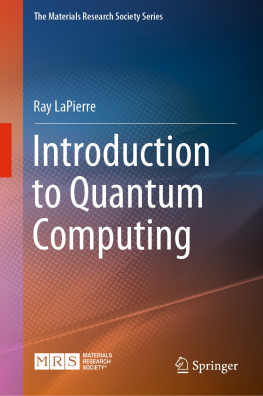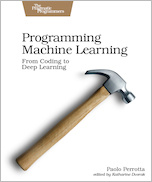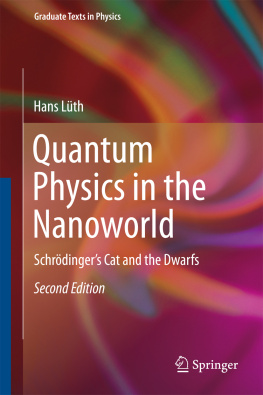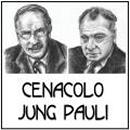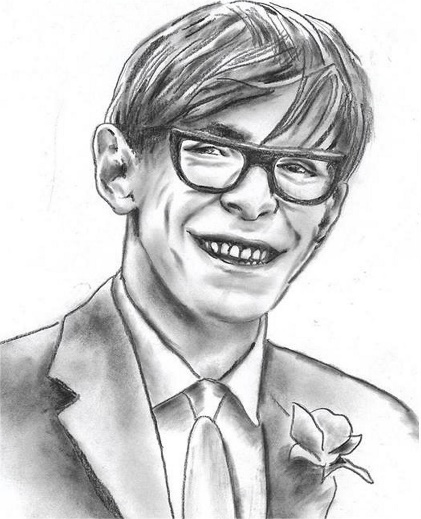George Anderson - The universe is intelligent. The soul exists.: Quantum mysteries, multiverse, entanglement, synchronicity. Beyond materiality, for a spiritual vision of the cosmos.
Here you can read online George Anderson - The universe is intelligent. The soul exists.: Quantum mysteries, multiverse, entanglement, synchronicity. Beyond materiality, for a spiritual vision of the cosmos. full text of the book (entire story) in english for free. Download pdf and epub, get meaning, cover and reviews about this ebook. year: 2019, publisher: Bruno Del Medico Editore, genre: Religion. Description of the work, (preface) as well as reviews are available. Best literature library LitArk.com created for fans of good reading and offers a wide selection of genres:
Romance novel
Science fiction
Adventure
Detective
Science
History
Home and family
Prose
Art
Politics
Computer
Non-fiction
Religion
Business
Children
Humor
Choose a favorite category and find really read worthwhile books. Enjoy immersion in the world of imagination, feel the emotions of the characters or learn something new for yourself, make an fascinating discovery.
- Book:The universe is intelligent. The soul exists.: Quantum mysteries, multiverse, entanglement, synchronicity. Beyond materiality, for a spiritual vision of the cosmos.
- Author:
- Publisher:Bruno Del Medico Editore
- Genre:
- Year:2019
- Rating:3 / 5
- Favourites:Add to favourites
- Your mark:
The universe is intelligent. The soul exists.: Quantum mysteries, multiverse, entanglement, synchronicity. Beyond materiality, for a spiritual vision of the cosmos.: summary, description and annotation
We offer to read an annotation, description, summary or preface (depends on what the author of the book "The universe is intelligent. The soul exists.: Quantum mysteries, multiverse, entanglement, synchronicity. Beyond materiality, for a spiritual vision of the cosmos." wrote himself). If you haven't found the necessary information about the book — write in the comments, we will try to find it.
Pages 270. Illustrated.
The incredible discoveries of quantum physics are completely upsetting the assumptions of classical science. Today the technique allows amazing achievements. For example, the first quantum computers with almost unlimited computing capabilities are being realized. Some support the real possibility of time travel. In addition to these innovations known to the general public, there are others less known but no less important. They are the novelties deriving from quantum studies, among which we can mention the superposition of states and the quantum collapse.
The superposition of states confirms that the same particle can be found simultaneously in two or more places. The theory of quantum collapse confirms that the behavior of matter can be decided simply by observation. These are not assumptions, but principles verified experimentally.
This book does not only deal with these innovations, but gives much space to more advanced theories. These are theories announced but not yet confirmed. Furthermore, the book also evaluates the most risky theories, provided they are scientifically based.
For example, the book talks about the multiverse, or theory of parallel universes, proposed by the physicist Hugh Everett. In the same way the book speaks of non-locality. It is a psychic space totally independent of the laws of classical physics. As a result of non-locality, elementary particles, located at astronomical distances, behave as if they were one.
This book also talks about the latest research by Roger Penrose, an unbelieving physicist, and Stuart Hameroff. According to these two scientists the soul exists and can be identified with quantum fluctuations. These fluctuations have the ability to survive the physical death of the body.
If really the souls are condensations of quantum fluctuations, we can formulate a question: will it ever be possible to devise instruments that allow dialogue with these fluctuations?
The book exposes the research of established scientists but without using any mathematical formula. The theories are exposed in a simple and understandable way to everyone. In this way everyone can discover the unsuspected aspects of the reality in which we live.
It is clear that quantum physics is decreeing the end of materialism and the beginning of a new cultural phase, based on the collaboration between spirit and matter.
George Anderson: author's other books
Who wrote The universe is intelligent. The soul exists.: Quantum mysteries, multiverse, entanglement, synchronicity. Beyond materiality, for a spiritual vision of the cosmos.? Find out the surname, the name of the author of the book and a list of all author's works by series.



